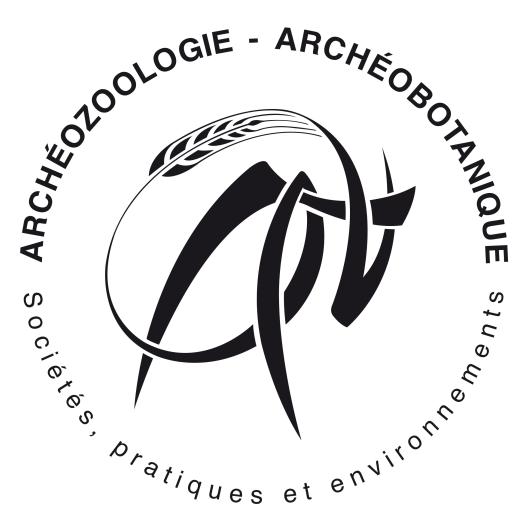Louise Le Meillour soutiendra sa thèse le 22 mars 2021



Contribution de la Paléoprotéomique à l’étude de la diffusion des pratiques d’élevage de caprinés en Afrique de l’Est et Australe/Contribution of Palaeoproteomics to the documentation of caprines herding diffusion between Eastern and Southern Africa.
Dr. Mary Prendergast, Associate professor, Rice University, Houston, USA, rapporteur
In the absence of wild representatives on the continent, domestic sheep (Ovis aries) and goats (Capra hircus), subfamily Caprinae, were imported from the Levant into Africa around the VIIth millennium before common era (BCE). The archaeological record indicates a very slow diffusion on the continent with an attested presence during the IIIrd millennium BCE in Eastern Africa (Djibouti, Somaliland), Kenya and Tanzania, while the oldest caprines remains are dated only from the Ist century CE in Southern Africa. The introduction of domestic animals into populations subsistence economies is gradually emerging and, after several centuries, become the primary food supply. In archaeological context, the morphological similarities between the two species of caprines and with other small African wild bovids blur zooarchaeological identifications and the fragmentary state of the remains often makes it impossible to propose an identification below the sub-family. The history of the spread of sheep and goats across Africa requires a fine-scale analysis of the remains in order to provide an accurate archaeological interpretation. This doctoral thesis presents the application of palaeoproteomics, the study of ancient proteins preserved in archaeological remains, to various archaeological sites across Eastern and Southern Africa. The type I collagen sequences of nineteen antelope and antelope-like species are proposed, and the resulting phylogenetic analyses discussed. An extraction protocol adapted to remains of arid and semi-arid environments, as well as the palaeoproteomics analyses of 117 remains from 19 archaeological sites are presented. This research has allowed to adapt palaeoproteomics studies to remains from African archaeological contexts, to establish a broad collagen referential of species that can potentially be interpreted as domestic caprines and to note the quasi-systematic association of wild and domestic species within archaeological sites during the Holocene. The results obtained in this study highlighted the importance of multiplying different levels of information and the crucial part that palaeoproteomics has to play concerning the study of caprines herding practices diffusion across Africa.